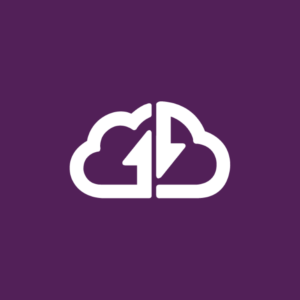Streamlining Collaboration: Secure Document Management System for Mission Workflows

Inefficient document management hinders collaboration, version control, and secure access, impacting fieldwork effectiveness.
The development of an efficient Document Management System (DMS) for field operations involved a meticulous exploration of various plugin options and an extensive analysis of the competitive landscape. Delving into the realm of plugin comparisons, a comprehensive evaluation was conducted to scrutinize diverse functionalities, usability, and compatibility with mission-specific requirements. This involved meticulous comparative analysis to pinpoint the most suitable solution tailored to streamline collaboration and bolster version control in field work environments.
In tandem with rigorous plugin assessment, a thorough examination of the market landscape was undertaken. This encompassed a detailed competitive analysis, dissecting the strengths and weaknesses of existing solutions available in the market. Such an approach provided invaluable insights into industry benchmarks, allowing for a strategic selection process. Prototype testing further fortified the decision-making process, ensuring the chosen solution aligned seamlessly with the envisioned functionalities and mission objectives. Overall, this methodical research and analysis culminated in the selection of a robust Document Management System, poised to enhance collaboration, version control, and secure access for impactful field operations.
This user flow outlines the step-by-step journey a user takes within the Document Management System, ensuring ease of access, collaboration, security, and efficiency in handling mission-critical documents.
Login/Authentication: Users access the system through a secure login portal, ensuring authorized entry for staff, volunteers, and privileged users.
Role-Based Access: Different access levels are established based on user roles, granting appropriate permissions for viewing, editing, and managing documents.
Secure Sharing: Users securely share documents within the system, maintaining confidentiality and controlling access to sensitive information.
External Distribution: Options for controlled external document distribution, enabling secure sharing with external parties or field personnel.
Centralized Repository: Users enter a centralized platform housing all mission-critical documents and materials, categorized for easy navigation.
Search and Retrieval: Robust search functionalities enable swift document retrieval, allowing users to locate and access required materials efficiently.
Commenting and Feedback: Integrated tools for comments and feedback streamline review processes, facilitating discussions and revisions.
Approval Workflow: Defined workflows for document approval processes, ensuring adherence to protocols and organizational standards.
Collaborative Editing: Capabilities for multiple users to collaborate on documents, ensuring seamless teamwork and real-time updates.
Versioning: The system maintains version control, tracking document revisions and ensuring users access the latest and most relevant versions.
Tracking and Reporting: System-generated reports track document usage, changes, and user activities, providing insights for better management and decision-making.
Documentation Completion: User-friendly prompts and reminders ensure completion of required documentation, minimizing oversight or missed steps.
This deployment process outlines the systematic approach taken to create, customize, and launch the Document Management System for Field Work, ensuring alignment with mission-specific requirements and user needs while maintaining usability and support.
Initiation phase involves gathering detailed requirements from stakeholders, understanding document workflow needs, and planning the system's architecture and functionalities.
Design phase focuses on creating wireframes, UI/UX designs, and developing the document management system tailored to specific mission field requirements.
Prototypes are tested by potential users in the field to gather feedback. Iterative improvements are made based on their insights to ensure usability and functionality alignment.
The system is integrated with existing tools or platforms and customized to fit seamlessly within the mission's workflows and processes.
Comprehensive training materials and sessions are developed to familiarize users with the system's functionalities and usage. Rollout plans are crafted to ensure a smooth transition to the new system.
The system is officially launched with extensive support provided to users during the initial phase. Ongoing support mechanisms are established to address queries and ensure continuous system optimization.